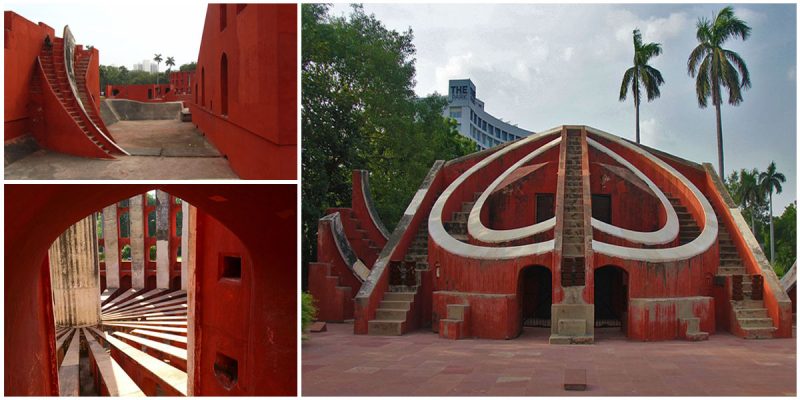Located in the modern city of New Delhi, the Jantar Mantar is one of the five observatories built by Maharaja Jai Singh II of Jaipur, raised between 1724 and 1730.
This is the largest and the best preserved compared to the other four, located at Jaipur, Varanasi, Ujjain, and Mathura, a remarkable observatory that bears witness to the thirst for scientific knowledge in Indians from an early age.
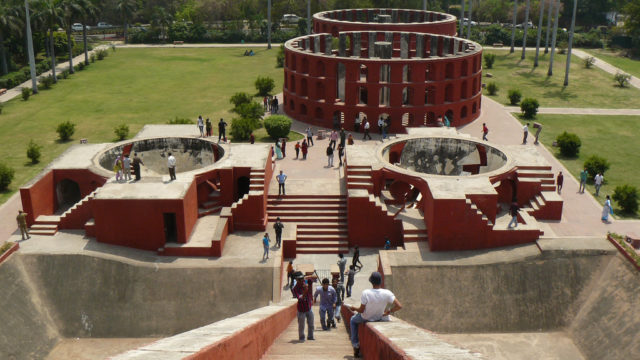
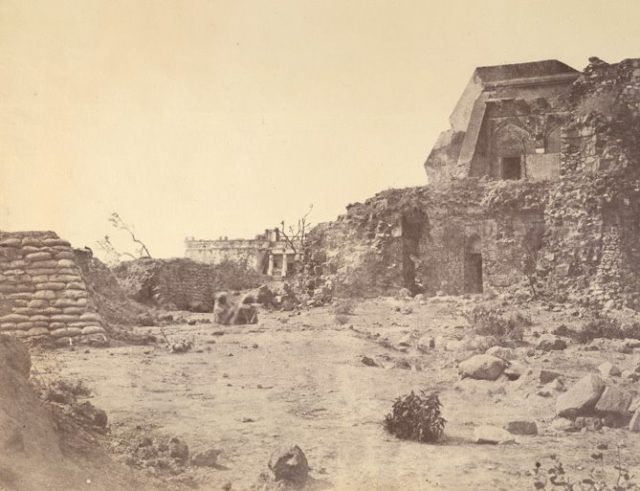

The name of this noteworthy astronomical observatory, Jantar Mantar, means ‘instrument for calculation’.
The primary purpose of the observatory was to compile astronomical tables and to predict the times and movements of the sun, moon, and planets. Some of these purposes nowadays would be classified as astronomy.

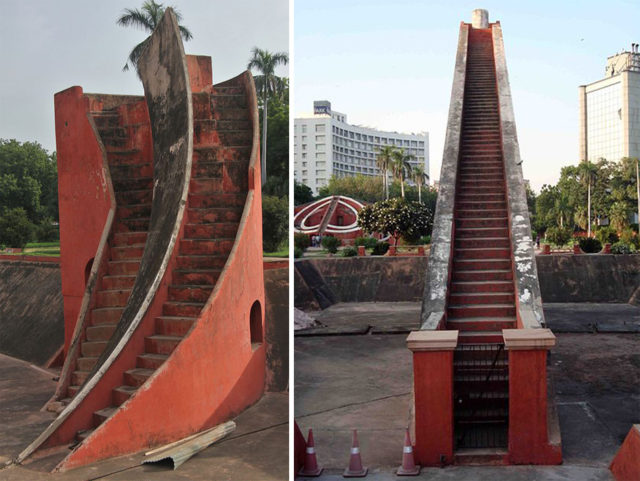
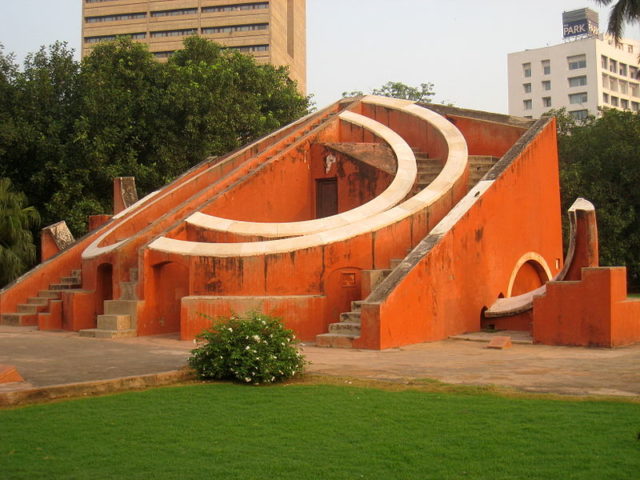
Jai Singh had found the existing astronomical instruments too small to take correct measurements and, commissioned by Emperor Muhammad Shah, he built these larger and more accurate instruments. Jai Singh’s idea was to create a renaissance in practical astronomy among the Indian masses and practicing astronomers.
He decided to follow the style adopted by the renowned Arab astronomer, Prince Ulugh Beg, builder of the famous 15th-century observatory at Samarkand, Uzbekistan. All the masonry instruments were lined with marble so that the graduations on them are not worn out.
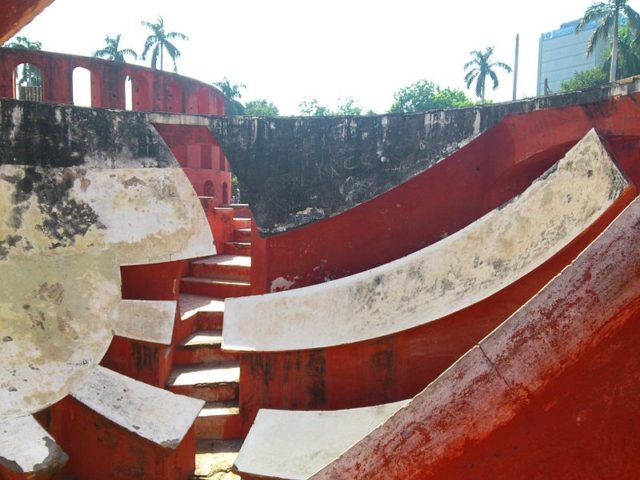
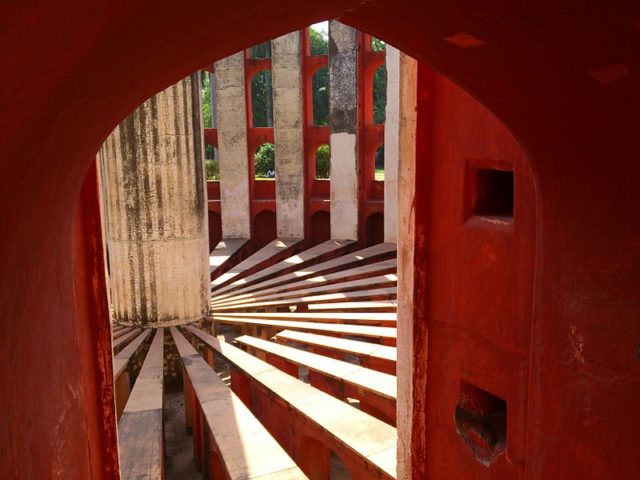
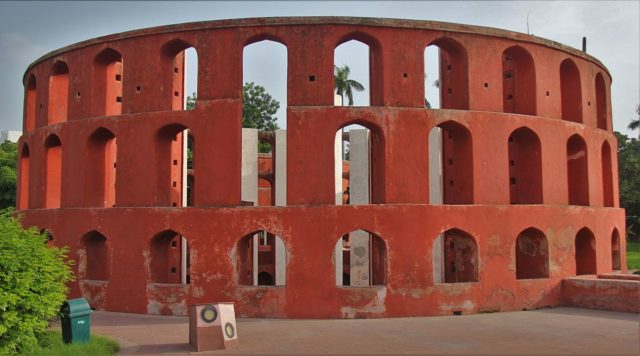
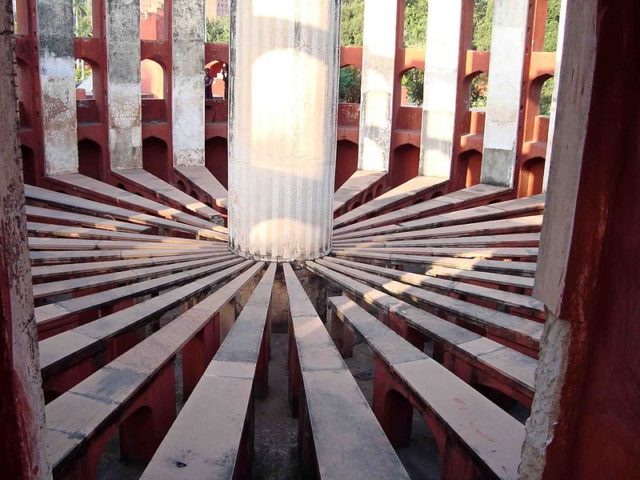
The various abstract structures within the Jantar Mantar are instruments that were used for keeping track of celestial bodies but it also tells a lot about the technological achievements under the Rajput kings and their endeavor to unravel the mysteries pertaining to astronomy.
It is dominated by a huge sundial known as Samrat Yantra, meant to measure the time of the day accurate to within half a second and the declination of the sun and other heavenly bodies.
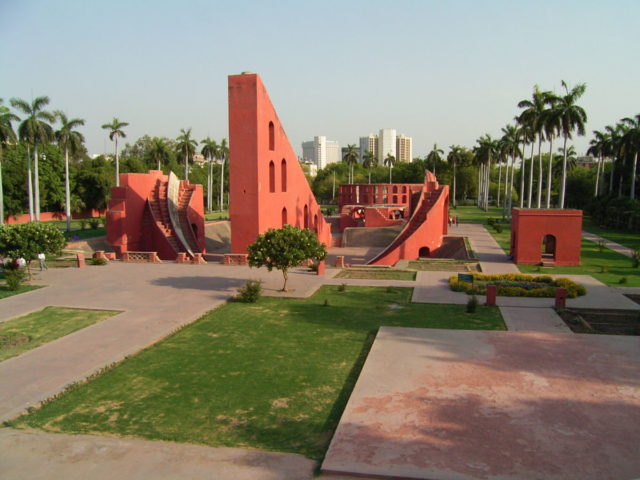
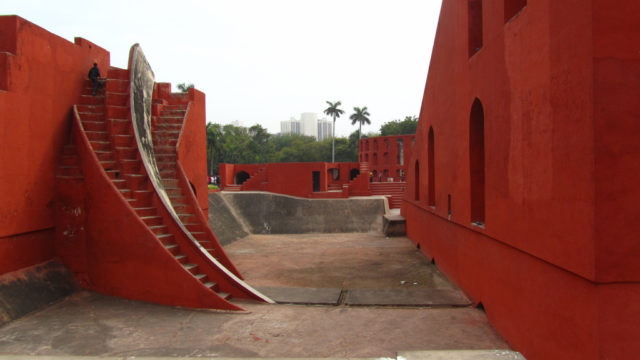
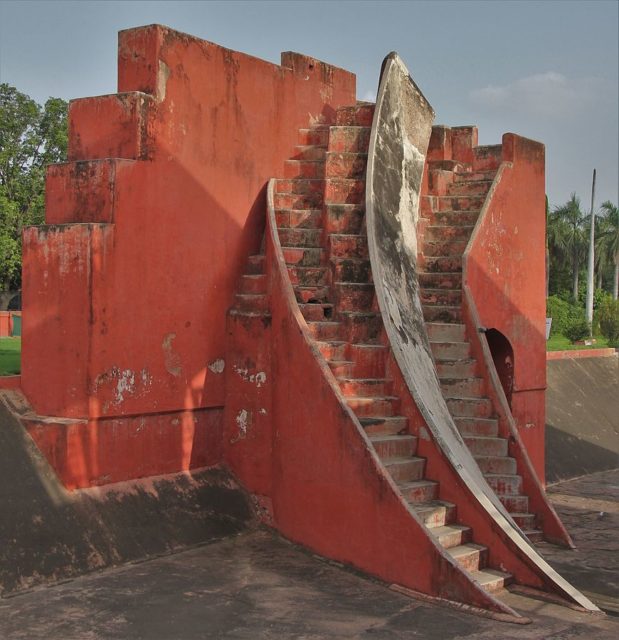
It remained operational only for seven years and the full potential of this observatory was never realized.
The Jantar Mantars may have fallen into disuse, but they remain an integral part of India’s scientific heritage and a significant monument of the history of astronomy.
